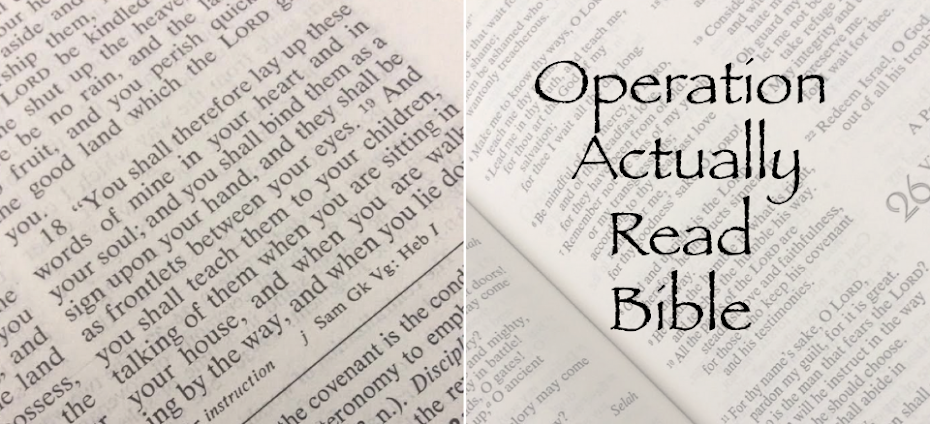Eve and Adam and Their Very First Day. Leslie Kimmelman. Illustrated by Irina Avgustinovich. 2023. [October 24] 32 pages. [Source: Library]
First sentence: It was Eve's first day in the Garden of Eden. Actually, it was her first day anywhere, since she was newly created. God had made her wonderfully well. Eve was not afraid of anything. She was not afraid of the wild green tangle of the garden. Not afraid of the tall leafy trees soaring up into the sky. Not afraid of the vivid, rainbow-colored flowers growing all around her, their sweet scents perfuming the air.
Eve is the star of the show in Leslie Kimmelman's light-hearted retelling of the creation story. (Note the shift from Adam and Eve to Eve and Adam. Adam perhaps should join Ken in singing "I'm Just Ken." Adam is introduced four pages into the text.)
The main theme seems to be that Eve (and Adam) were created by God and lived fearlessly (well, mostly). (And to give credit where credit is due, I do think that Adam and Eve were free from fear--as we know and experience fear. I do think fear is a result of sin, of the fall of creation.)
Eve finds Adam super cute and adorable but a little lacking in imagination and intelligence. Quote from the text, "Maybe it was because Adam had been first. Eve came second, and, well, practice makes perfect." (To be fair to the author, Eve does admit she is NOT perfect two seconds after saying that she was perfect.)
About a third of the way through the story, the pair are startled and frightened by rain, thunder, and lightning. This is the first time they've experienced fear but they turn to faith in God that all will be well...again. (I suppose theologians might have differing opinions on IF rain occurred before the Flood or not. I suppose this isn't the most critical issue one could have in the evangelical faith. [Note: when I say evangelical I do NOT mean anything related to politics.])
Soon one fright leads to another. Turns out ADAM is afraid of the dark. Good thing Eve isn't scared of the dark and can help calm him down. But as the darkness becomes truly darkness, even Eve becomes worried. Though not as bad as shivering Adam. The stars eventually make their appearance and the two nestle up comfy-cozy together. (The whole book presents Eve and Adam without clothes. So this nestling picture seems an odd choice. It is in some ways sweet. But in other ways, a little daring for a children's book.)
The book ends with Eve (and Adam) declaring everything GOOD. Here is where I go from mildly perturbed to indignant. God has been an "extra" at best in this little play of creation. Definitely not front and center. The book itself has been very cutesy and light-hearted. In a way. Perhaps not a harmless way. Definitely a more pointed way. A way that makes Adam look weak, pathetic, a sidekick to Eve, her companion sure enough but not her equal. But I think the "slap in the face," if you will is when the author takes Scripture--God's declaration of creation's goodness [see Genesis 1:1-31]--and ends her story this way, "Eve and Adam saw that it was good." God barely registers as a footnote in the text. In Genesis 1 and 2, God is on the move--he is ACTIVELY creating, speaking, working, declaring. Make no mistake, any [intelligent] reading of the text reveals that God is front and center, the "main character" if you will, the whole point. This picture book pushes out the Creator and makes CREATION--specifically Eve--the focal point.
As the title suggests, the picture book is "the first day, first night, second morning." The scene fades before Genesis 3.
I think I could be unimpressed but not particularly disgruntled if the picture book did not end with the phrase, "And Eve and Adam saw that it was good." I think it isn't so much the sentiment behind the literal words. I am 99.9% sure that Adam and Eve did look at God's creation and see goodness. It is the parroting of the biblical narrative and attributing God's declaration as originating from Eve that is unsettling.
The book is in the difficult position. On the one hand, it isn't theologically or biblically sound enough for [some] Christians to want to share with little ones. And Adam and Eve narratives abound in Bible storybooks. This one isn't remarkable enough to be better than those. Will every Christian see this one as twisting Scripture? Maybe. Maybe not. Probably not. On the other hand, the subject matter itself--Adam, Eve, Garden of Eden, God--makes it a difficult sell to a general audience, a secular audience that may not want any hint of religion. For those wanting an Eve that more closely resembles the Barbie character from 2023's Barbie movie instead of the book of Genesis from the very Word of God, this one may be a good fit.
Now, I will say--and I doubt anyone is still reading--that I did not dislike the artwork. I think the story is meant to be tongue-in-cheek, playful, light-hearted, fun and silly. I don't think the author truly has made a decision to play around with the truth of Scripture. It may come off as irreverent to me, but I don't assume that that was authorial intent.
© Becky Laney of
Operation Actually Read Bible















